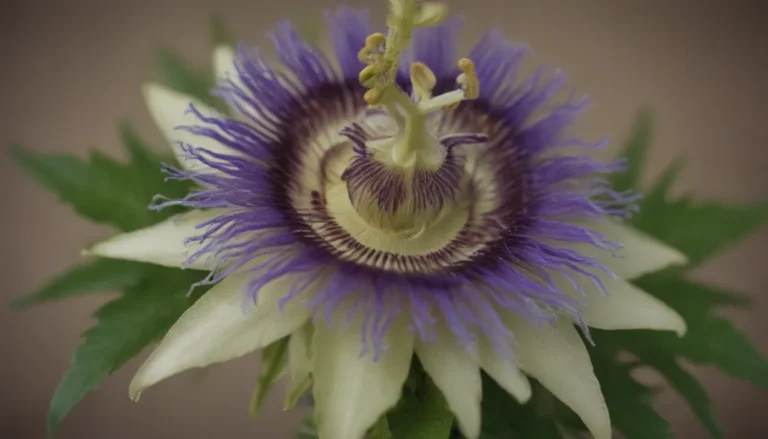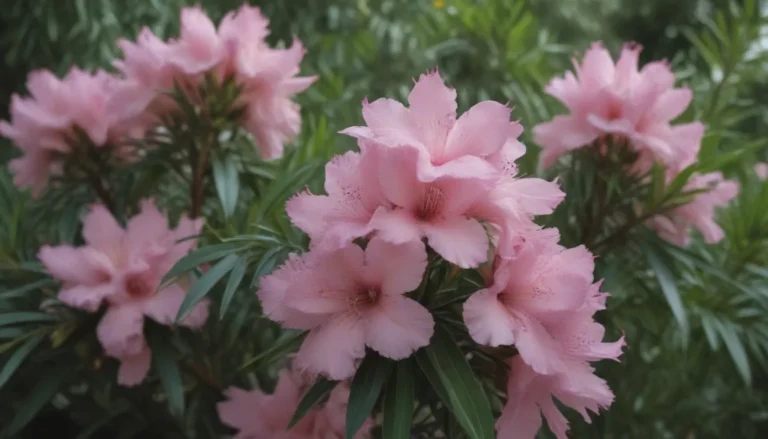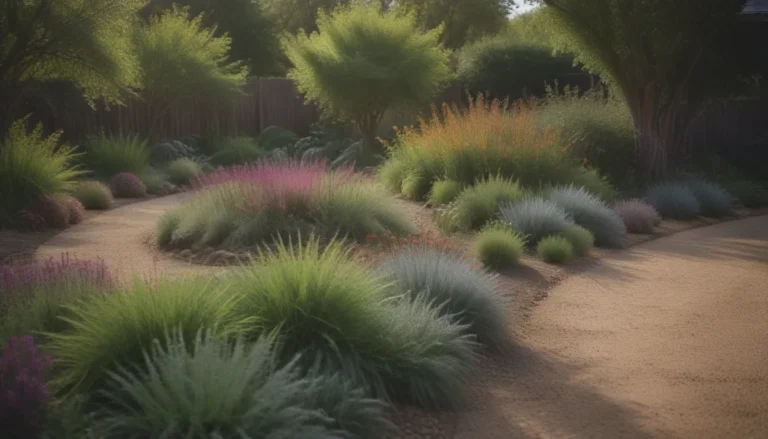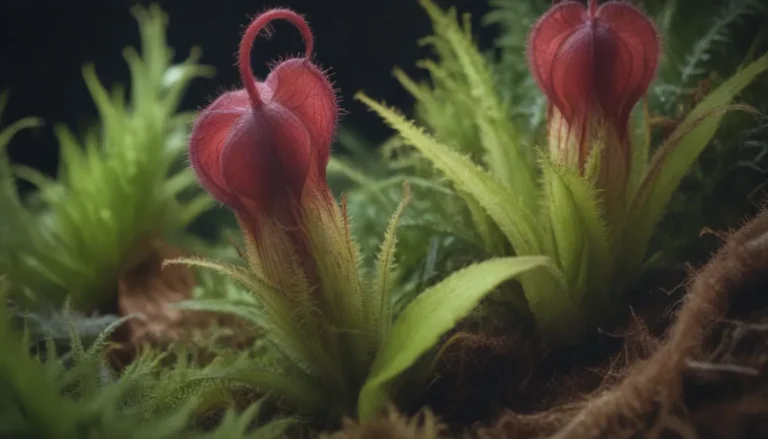Guide to Growing Vegetables and Herbs in August
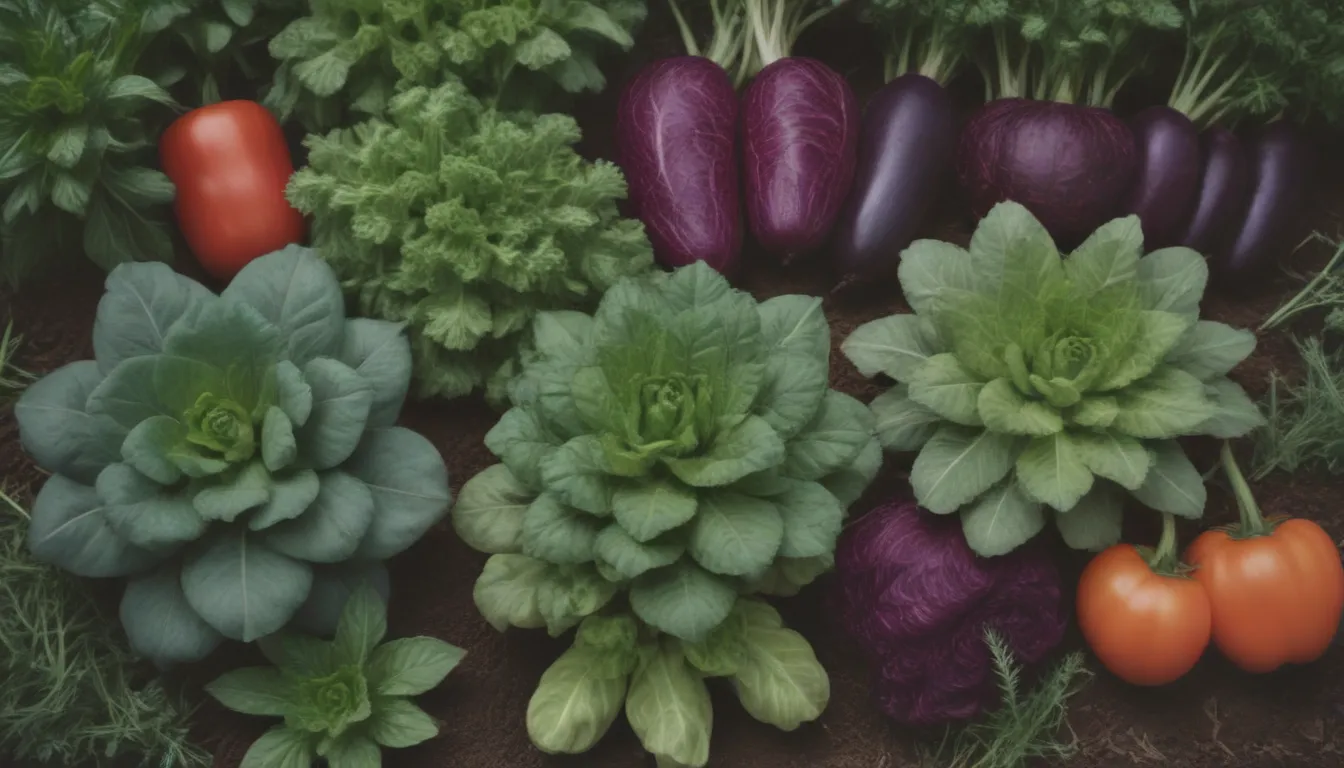
Welcome to August, a fantastic month for tending to your vegetable garden. By now, your summer crops should be flourishing, and the seeds you sowed last month should be sprouting beautifully. But don’t worry if you haven’t started yet – there are still plenty of options for planting in August. In this comprehensive guide, we’ll explore a variety of vegetables and herbs you can plant this month to ensure a bountiful harvest all season long.
What to Plant in August
Arugula
Arugula is a leafy green with a peppery flavor that adds a unique touch to salads and cooked dishes. Consider planting wild rocket or wall-rocket varieties for a delicious addition to your garden.
Basil
One of the most popular cooking herbs, basil is a must-have for any kitchen. Fresh basil leaves and flowers are perfect for making pesto or adding flavor to a wide range of dishes. Easy to grow and versatile, basil is a rewarding herb to cultivate.
Beets
Fast-growing beets are not only colorful and nutritious but also provide a variety of culinary options. From pickled beets to beet salad and wilted beet greens, there are endless possibilities for enjoying this versatile root vegetable.
Broccoli (Transplants)
Harvest broccoli twice in a season by planting transplants early. Be sure to harvest the broccoli flower early to prevent it from becoming tough and inedible.
Brussels Sprouts (Transplants)
Brussels sprouts require a long growing season but offer a nutritious addition to your garden. Enjoy them roasted, sautéed, or mixed into salads for a flavorful treat.
Cabbage (Transplants)
Start your cabbages early for a continuous harvest throughout the summer. Cabbages are perfect for coleslaw and other refreshing salads.
Carrots
Surprise your taste buds with a variety of colorful carrots beyond the typical orange variety. From red to purple and yellow, round to extra-thin, there’s a carrot for every palate. Experiment with pickling, roasting, and using them in soups for a delightful culinary experience.
Cauliflower (Transplants)
Cauliflower is a versatile vegetable that can be used in a variety of dishes. Whether you prefer white or purple varieties, cauliflower is a trendy choice for modern recipes.
Chinese Cabbage
Also known as Napa cabbage, this sweet and delicate vegetable is a refreshing alternative to traditional cabbage. Perfect for cooler weather, Chinese cabbage can be used in various dishes or grated for coleslaw.
Cilantro
Plant cilantro for both its flavorful leaves and seeds. Use cilantro in Asian stir-fries and Mexican cuisine, and grind the seeds to make coriander for curries and other dishes.
Collard Greens
Collard greens are a non-heading cabbage that can be cooked in a variety of ways. Enjoy them steamed, sautéed, or braised for a nutritious and flavorful meal.
Corn
Growing corn can be challenging due to wildlife competition, but the effort is worth it for fresh, sweet corn. Plant multiple varieties at different times for a continuous harvest throughout the season.
Cucumber
Cucumbers grow quickly in warm weather and come in a variety of sizes and shapes. Whether you prefer pickling or slicing cucumbers, you can enjoy a bountiful harvest with proper care.
Dill
A versatile herb, dill adds flavor to salads, chicken dishes, and soups. Harvest dill leaves for seasoning, but be sure to pick them before flowering for the best flavor.
Kale
A nutritional powerhouse, kale is popular among health enthusiasts for its health benefits. Incorporate kale into smoothies, salads, stir-fries, and more for a nutritious addition to your diet.
Leeks (Transplants)
Frost-tolerant leeks can be harvested well into the winter months for use in soups and stews. Their milder, sweeter flavor makes them a versatile ingredient in various dishes.
Lettuce
With five main types and dozens of varieties, lettuce is a versatile addition to any garden. Mix and match different types to ensure a continuous harvest throughout the season.
Mache
Also known as “corn salad,” mache is a tender salad green that thrives in various climates. Plant succession crops to enjoy mache well into the fall.
Mustard Greens
Popular in southern cuisine, mustard greens pair well with bacon, ham, or salt pork. Before cooking, be sure to rinse the greens thoroughly to remove any grit.
Peas
From shelling peas to snap peas, there are various types of peas to enjoy fresh from the garden. Plant peas in cooler weather to ensure a bountiful harvest.
Potatoes
Potatoes come in a variety of sizes and colors, each with different growing requirements. Choose a growing method that works best for your garden and enjoy fresh potatoes throughout the season.
Radishes
Radishes come in a variety of shapes, colors, and flavors, making them a versatile addition to any garden. Plan your radish season to enjoy a variety of flavors throughout the growing season.
Spinach
Spinach is a nutritious vegetable that can be challenging to grow but worth the effort. Packed with nutrients, spinach is a versatile ingredient in many cultural recipes.
Summer Squash
Summer squash thrives in full sun and can be used in a variety of dishes. From soups to healthy pasta alternatives, summer squash is a versatile and flavorful addition to any meal.
Swiss Chard
Glossy and delicious, swiss chard is a treat to grow in the garden. Chop and sauté the leaves with olive oil and garlic or use them in place of spinach in your favorite dishes.
Tomato (Transplants)
Tomatoes are a favorite for many gardeners, with numerous varieties to choose from. Enjoy fresh tomatoes in a variety of dishes or grow fall tomatoes in certain regions.
Turnips
Both the root and leaves of turnips are edible, making them a versatile addition to your garden. Harvest turnips while they’re young and tender for the best flavor.
Incorporate these vegetables and herbs into your garden this August for a bountiful harvest and a flavorful addition to your meals.
Benefits of Planting in August
Extended Growing Season
Planting in August allows you to extend your growing season and enjoy fresh produce well into the fall months. By selecting the right varieties and planting times, you can maximize your harvest and enjoy fresh vegetables and herbs throughout the season.
Variety in Cuisine
Growing a variety of vegetables and herbs introduces new flavors and ingredients to your cooking. Experiment with different recipes and culinary styles to make the most of your garden harvest.
Health Benefits
Freshly harvested vegetables and herbs are packed with essential nutrients and antioxidants that are beneficial for your health. By growing your own produce, you can ensure that you’re consuming the freshest, most nutritious ingredients possible.
Cost Savings
Growing your own vegetables and herbs can help you save money on grocery bills. By planting in August and tending to your garden throughout the season, you can enjoy a bountiful harvest without breaking the bank.
Tips for Successful Planting
- Choose the right varieties: Select vegetables and herbs that are well-suited to your climate and growing conditions.
- Provide adequate water and sunlight: Ensure that your plants receive sufficient water and sunlight to thrive.
- Mulch to retain moisture: Mulching around your plants can help retain moisture in the soil and reduce the need for frequent watering.
- Harvest regularly: Harvesting your vegetables and herbs regularly encourages plant growth and ensures a continuous supply of fresh produce.
By following these tips and guidelines, you can enjoy a successful planting season and a bountiful garden harvest.
In conclusion, August is an excellent time to plant a variety of vegetables and herbs in your garden. By selecting the right varieties, providing proper care, and following best practices, you can enjoy a bountiful harvest and a flavorful addition to your meals. Happy planting!
